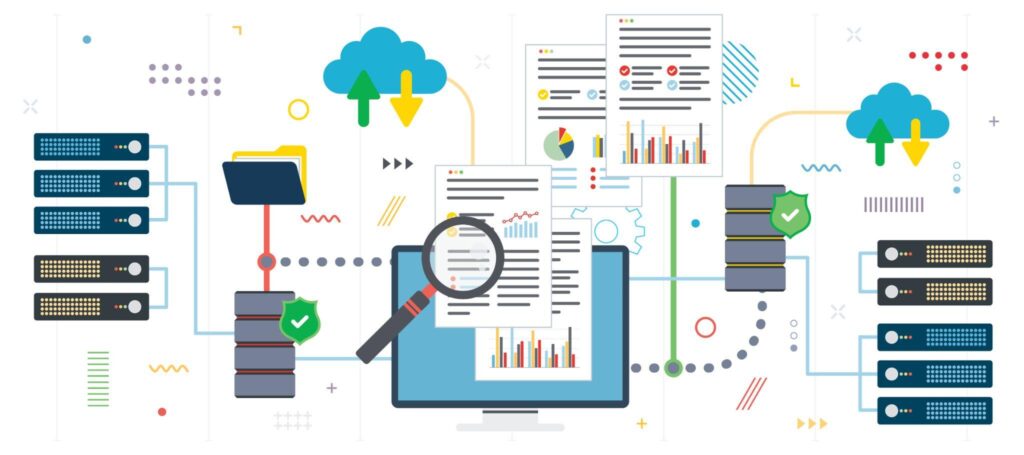
We live in a digital world where businesses use tools to get access to a global audience. Digital advertising is one of this ecosystem’s most common and flourishing activities, helping advertisers and companies connect with their target consumers and experience high sales.
However, it is more complex than it seems. At times, ad campaigns fail to perform. This is primarily due to high competition and a lack of advanced tools.
To overcome this problem, ad verification proves helpful. What is it, and how does it work? Let’s find out!
Ad Verification 101
This procedure has two motives: delivering and displaying digital advertising as promised and intended. It involves evaluating and monitoring different ad campaigns in real time. Ad verification usually includes tracking metrics like ad placement, viewability, fraud, and brand safety to implement a successful ad campaign.
Furthermore, with the help of different ad verification tools, a marketer can identify all the issues in an advertising campaign and gain insights to optimize the rate of return.
There are many reasons why ad verification is imperative.
- It helps boost the performance of an ad and build a business’s reputation.
- Ad verification ensures that all resources are implemented in the correct manner, benefiting the business in the long run.
- It saves an ad from fraudsters and presents an advertising report for a detailed analysis.
- Ad verification builds quality impressions and can help marketers earn success through their campaigns.
Ad Verification Challenges
Like any other thing in this digital world, ad verification also comes with challenges. Here are a few.
- It is only possible for ad verification tools to get access to some data they require. For instance, many tools use pixel tracking to evaluate an ad. However, this platform doesn’t work on all devices and doesn’t suit many formats.
- Unfortunately, every business follows a different ad format, delivery methods, and tracking technologies. This creates complexities, and ad verification tools are only sometimes prepared to overcome them.
- With advancements in technology, using bots and fake traffic is a common fraudulent practice. These are primary threats to the advertising world, and sadly, ad verification tools are not always equipped to track them.
- Impression laundering is also one of the most common challenges. It involves hiding a particular ad, making it hard to see.
- With the emergence of ad-blocking software, ad verification tools need help to track and evaluate various campaigns.
- Since ad verification tools are mere software, they may not always be accurate. There might be huge discrepancies between the tools and the data collected.
- Ad verification services are not available everywhere. This makes it hard for advertisers to measure the performance of their campaigns in certain areas.
Proxies and Ad Verification
Since the challenges above are undeniable, finding a tool or application to overcome them is imperative. This is where proxies come in.
Proxies can help in improving the performance of your ad and can also assist you in detecting fraud. They can be used to monitor online content in the most efficient and secure way.
But what are proxies? These are intermediary servers that work between an internet connection and the client. So, when you make an online request on a web page, it first goes to the proxy, and from there, it is directed to the internet.
This procedure helps hide the identity and location of the user.
When it comes to ad verification, proxies, such as Proxy Mexico, can help an ad script connect with sites through a unique IP address. This practice prevents black hatters from blocking ads from a particular site.
Besides, a proxy can help analyze and evaluate ad campaigns in real time. It helps the tools to collect relevant data on the client’s location, and device, to make the campaign more visible to its target audience. This strategy helps marketers understand the performance of their campaign and prevent fraud as much as possible.
Proxies can also prove helpful in measuring the viewability of an ad. This helps advertisers measure the visibility and impact of the ad and then make changes accordingly.
Residential proxies are often applauded for supporting global ad campaigns and allowing a business to sell its products and services to different regions. Even if a region, such as Mexico, lacks ad verification tools, you can use Proxy Mexico to publish the campaigns consistently in the area and develop a brand image globally.
Final Takeaway
If you want your business to survive in this digital era, ad verification is one of the best tools to measure the performance of your campaign and understand the different characteristics of target consumers.
However, with its challenges, ad verification isn’t always a success. But proxies can help overcome all the hurdles that ad verification tools may counter. Proxies help collect all the ad data in real-time and ensure all ads are published as expected.
So, without any hesitation, buy a relevant proxy today and boost your ad campaign.
You may also like:- Why Proxy-Sale.com is the Right Choice for Your Proxy Needs
- ASPICE-Compliant Software Development: Ensuring Quality in the Automotive Industry
- Tips for Picking the Best Software Development Partner
- PAFI SUMEDANG UTARA : Making Achievements and Contributions in the Health Sector
- Reactive Dog Trainer in Denver: Preventive Approach to Reactivity
- Floki Crypto Explained: Everything You Need to Know Before Investing
- Top Key Features of Snaptik You Need To Know
- The Importance Of Having Proper Hearing Aids
- Impact of Energy Efficiency on Solar Power Systems Calculations
- Maxim Krippa bought the first gold medal of the CS: GO team







